Nuclear fusion
The nuclear fusion process occurs in elements that have a low atomic number such as hydrogen. In cases where the interacting nuclei belong to elements with low atomic numbers eg hydrogen atomic number 1 or its isotopes deuterium and tritium substantial amounts of energy are released.
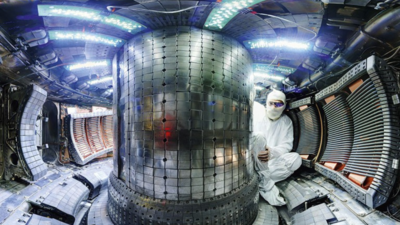
J5puws67ajsofm
13 hours agoFusion happens when two atoms slam together to form a heavier atom releasing huge amounts of energy without generating carbon dioxide emissions or long-lasting nuclear waste.
. Nuclear fusion is the process which gives the Sun its energy. DT fusion produces a neutron and a helium nucleus. Nuclear fusion is the process by which two light atomic nuclei combine to form a single heavier one while releasing massive amounts of energy.
Both nuclear fusion and fission produce a massive amount. In a potential future fusion power plant such as a tokamak or stellarator neutrons from DT reactions would generate power for our use. The reaction takes place in a state of matter called plasma which is distinct from.
E mc 2 in which E is the energy in joules m is the mass difference in kilograms and c is the speed of light. This difference in mass arises due to the difference in nuclear binding energy between the. Fusion reactions take place in a state of matter called plasma a hot charged gas made of positive ions and free.
Nuclear fusion is a reaction through which two or more light nuclei collide to form a heavier nucleus. These atoms go on to create the nucleus of a heavier atom. In simple terms nuclear fusion is a process in which one or more light nuclei fuse together to generate a relatively heavier nucleus in which in there is some mass deficiency that is released as energy and the quantity of energy released follows Einsteins formula.
Nuclear Fusion is the opposite of nuclear fission reaction in which heavy elements diffuse and form lighter elements. Researchers focus on DT reactions both because they produce large amounts of energy and they occur at lower. Matteo Barbarino IAEA Department of Nuclear Sciences and Applications.
The difference in mass between the reactants and products is manifested as either the release or absorption of energy. Scientists from more than 50 countries have been trying to recreate it on Earth since the 1960s. They hope it could eventually.
12 hours agoIn fusion two atomic nuclei are combined to create a heavier nucleus and the process releases energy. In the process it also releases much more energy than most fusion reactions. Nuclear fusion process by which nuclear reactions between light elements form heavier elements up to iron.
Nuclear fusion is a reaction in which two or more atomic nuclei are combined to form one or more different atomic nuclei and subatomic particles neutrons or protons. Nuclear fusion is the same energy that powers the sun and stars and is created when nuclei from two light atoms combine at high speeds.
Nuclear Fusion Definition Characteristics Nuclear Power Com
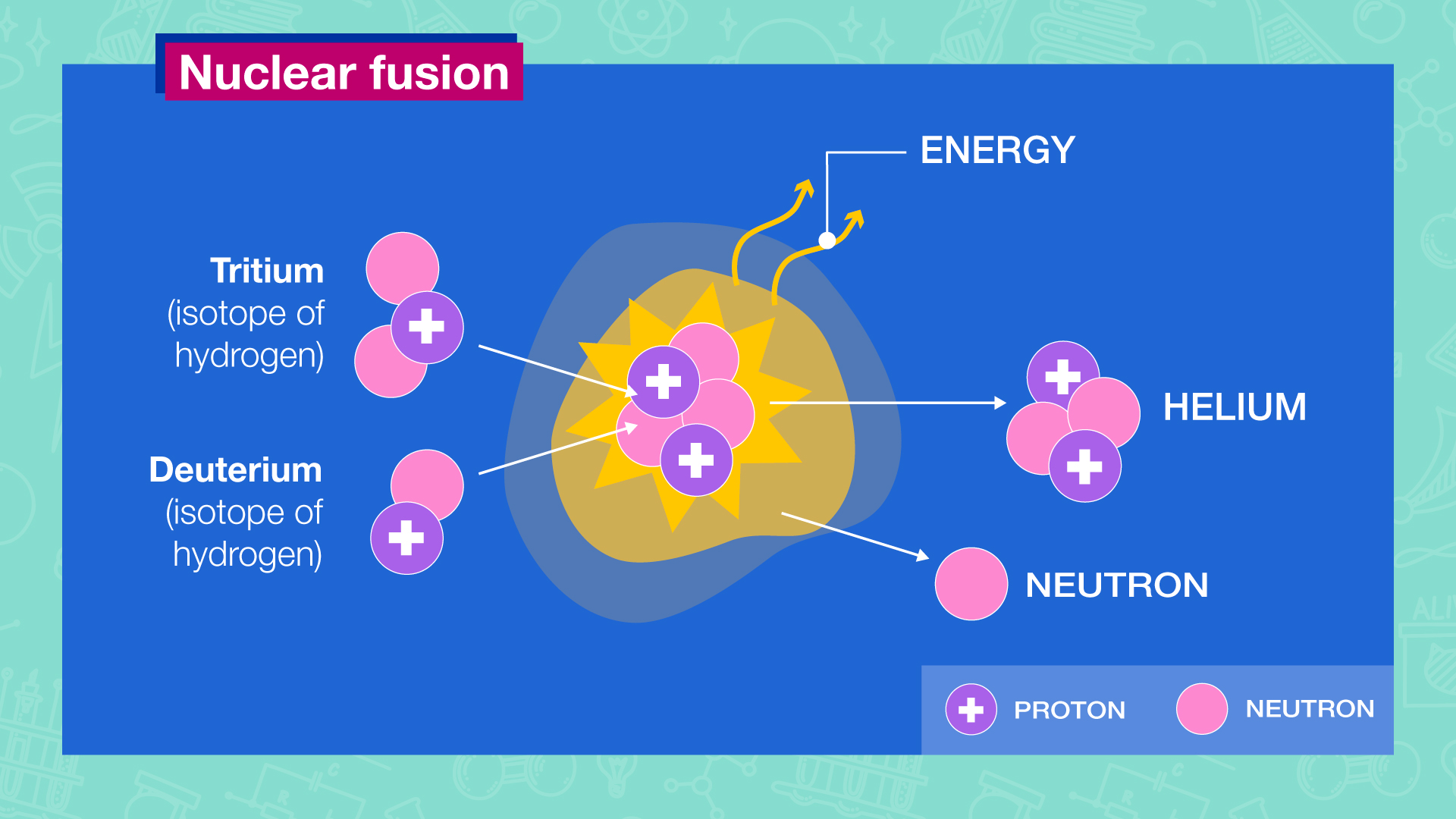
What Is Nuclear Fusion Iaea
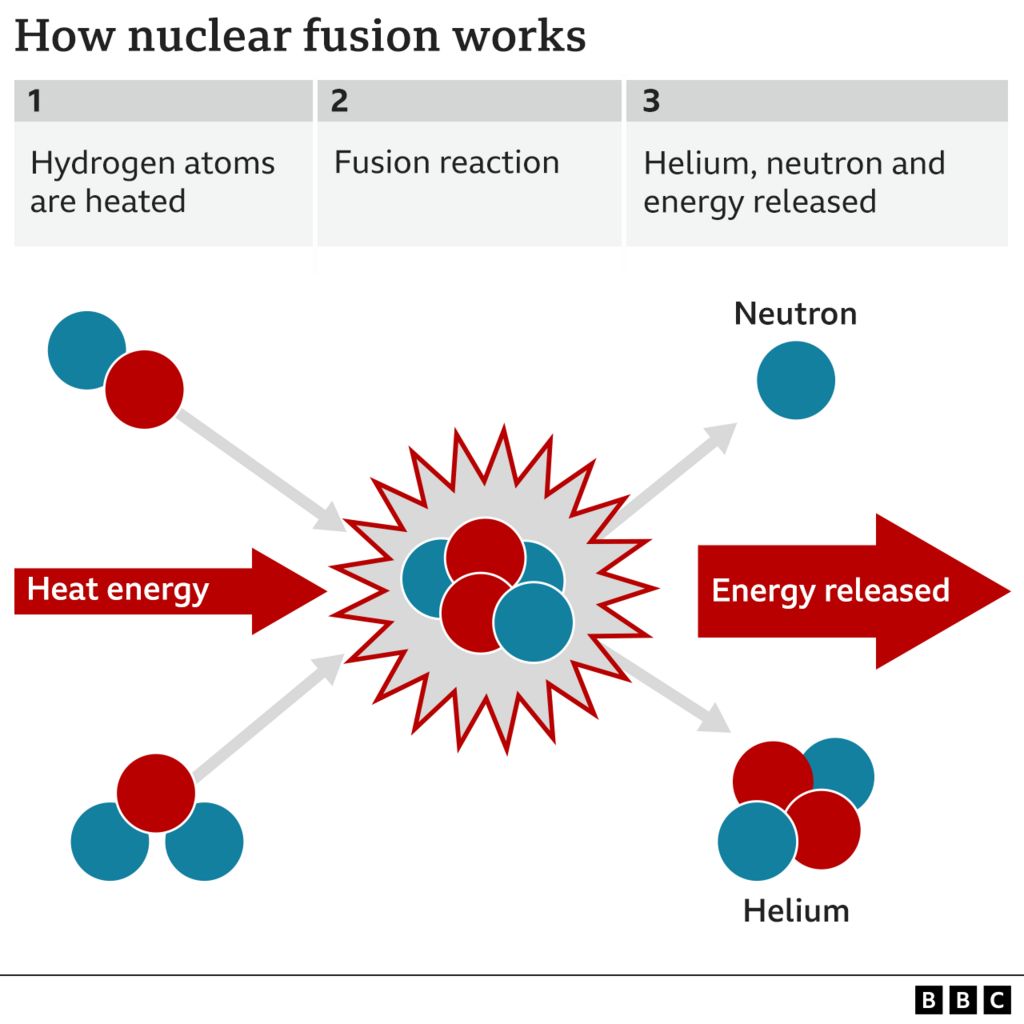
7dot1gzf L9odm

Doe Explains Nuclear Fusion Reactions Department Of Energy

What Is Nuclear Fusion Is It Possible And Does It Matter History Computer
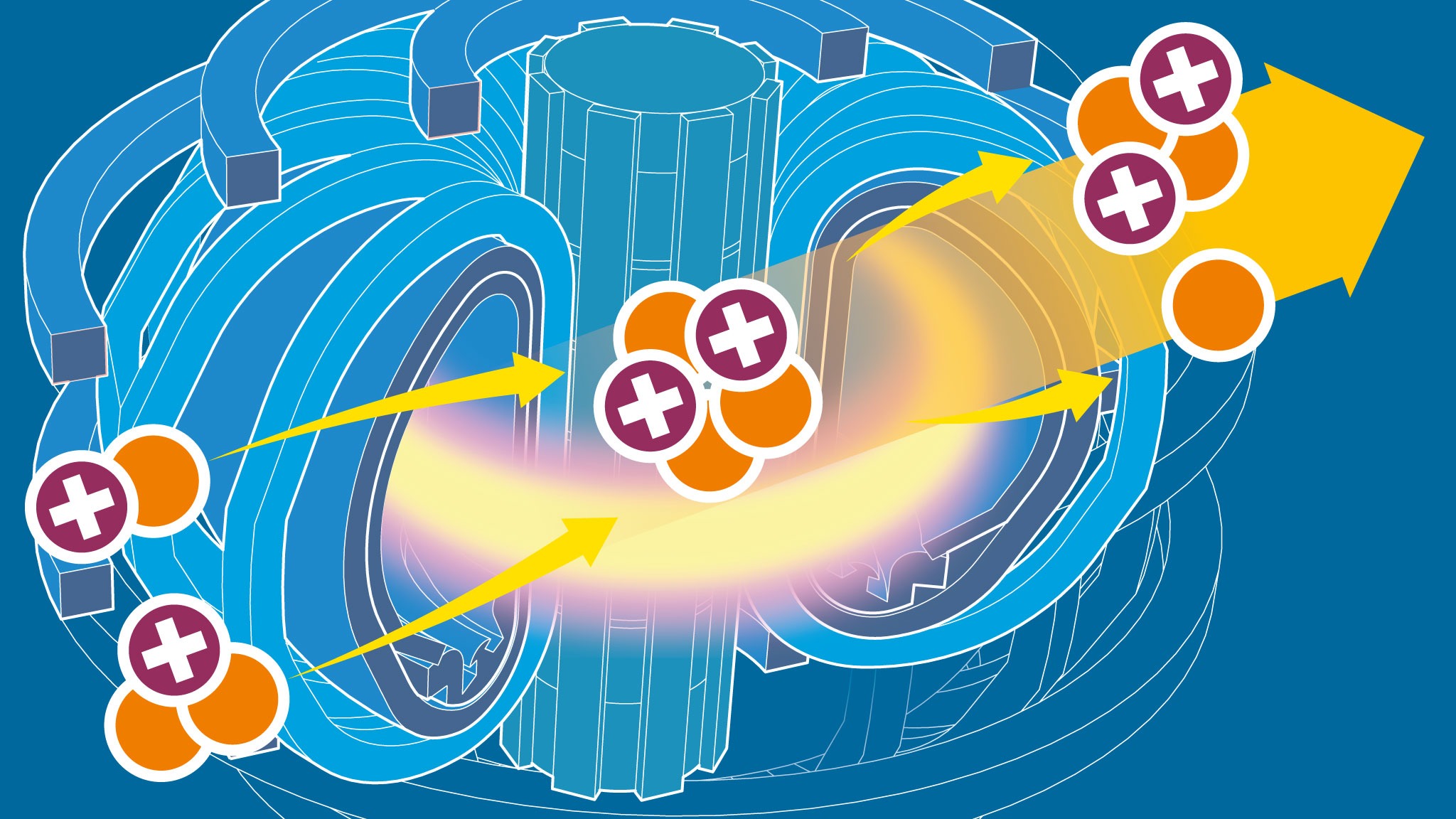
Nuclear Fusion Why The Race To Harness The Power Of The Sun Just Sped Up Financial Times

Fusion Fission And Energy In Nuclear Equations Ib Physics Youtube
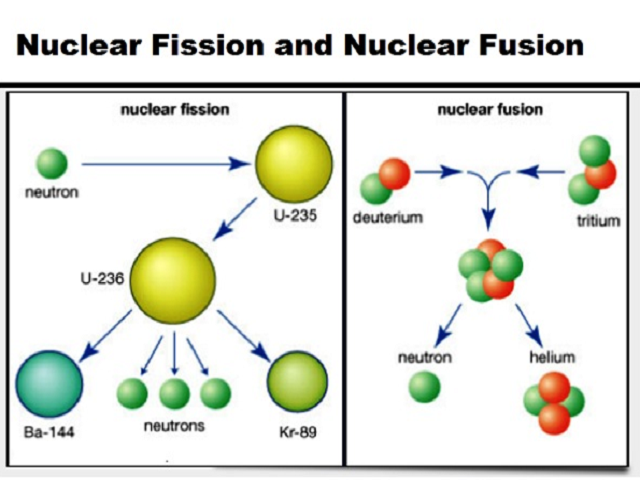
What Is The Difference Between Nuclear Fission And Nuclear Fusion
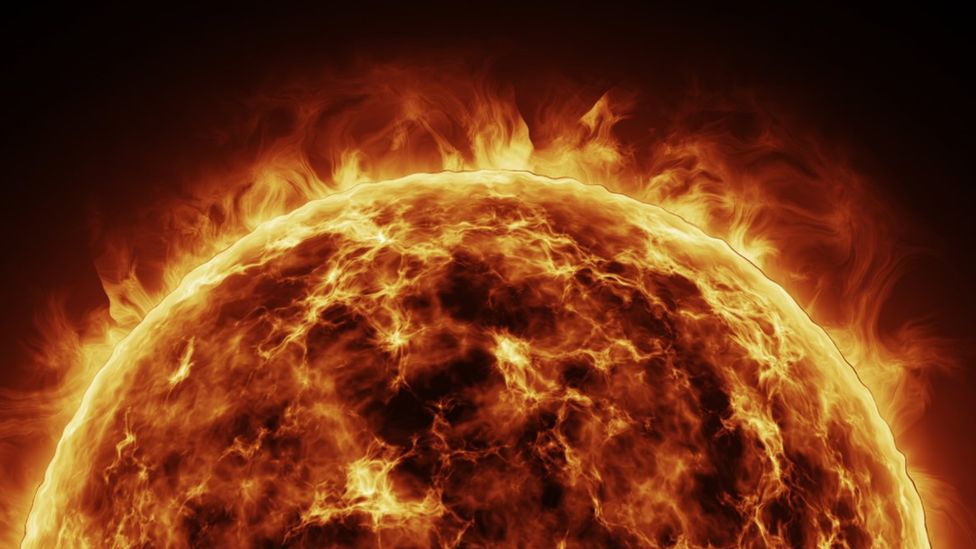
7dot1gzf L9odm
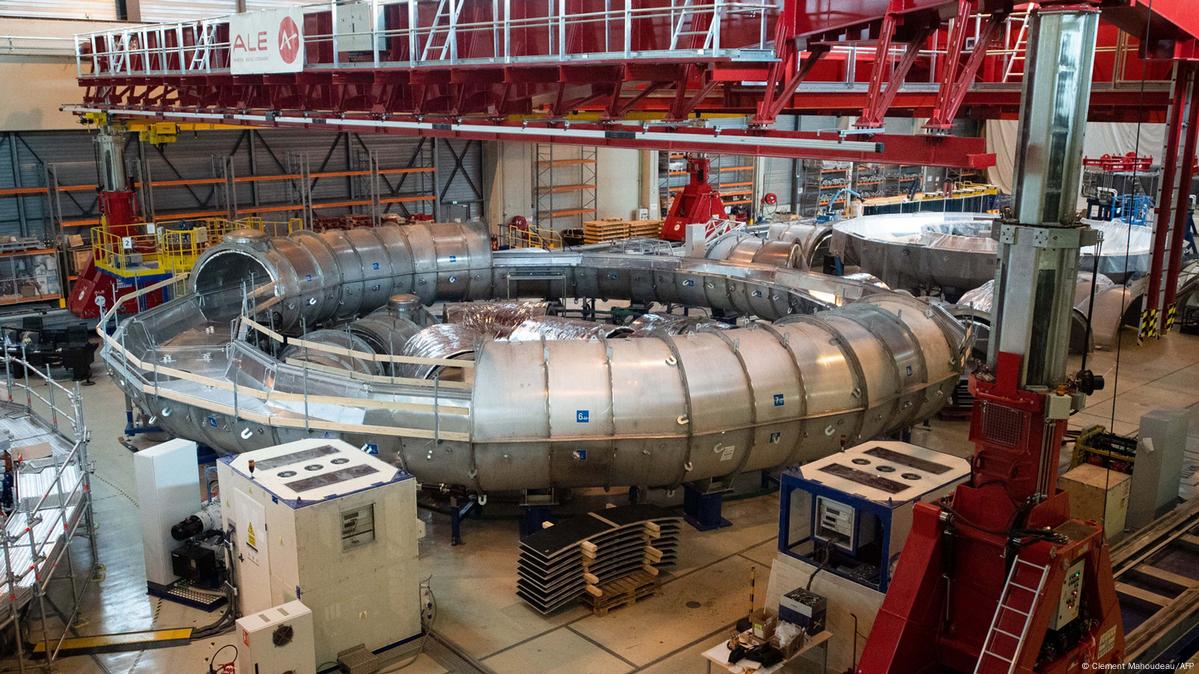
Can Nuclear Fusion Help Fuel The World Dw 12 13 2022
Artificial Lightning To Prompt Nuclear Fusion Fusion Processes Can Be Triggered By Pulsed Electric Fields Helmholtz Zentrum Dresden Rossendorf Hzdr

Wfe1d9v6pk8f9m
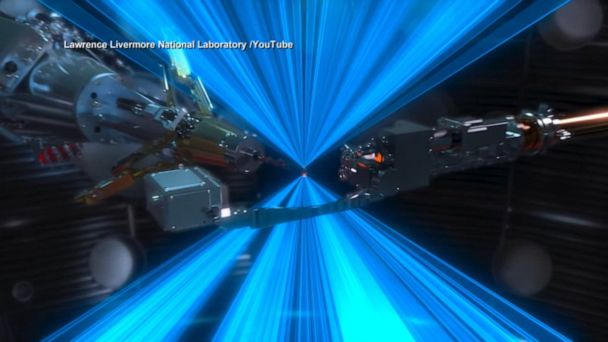
Tdfh6zqsh Hjlm

Nuclear Fusion Research How Vacuum Is Needed To Sustain Plasma

Startups Take Aim At Nuclear Fusion Energy S Biggest Challenge Bloomberg

Rijol8ms6yplvm
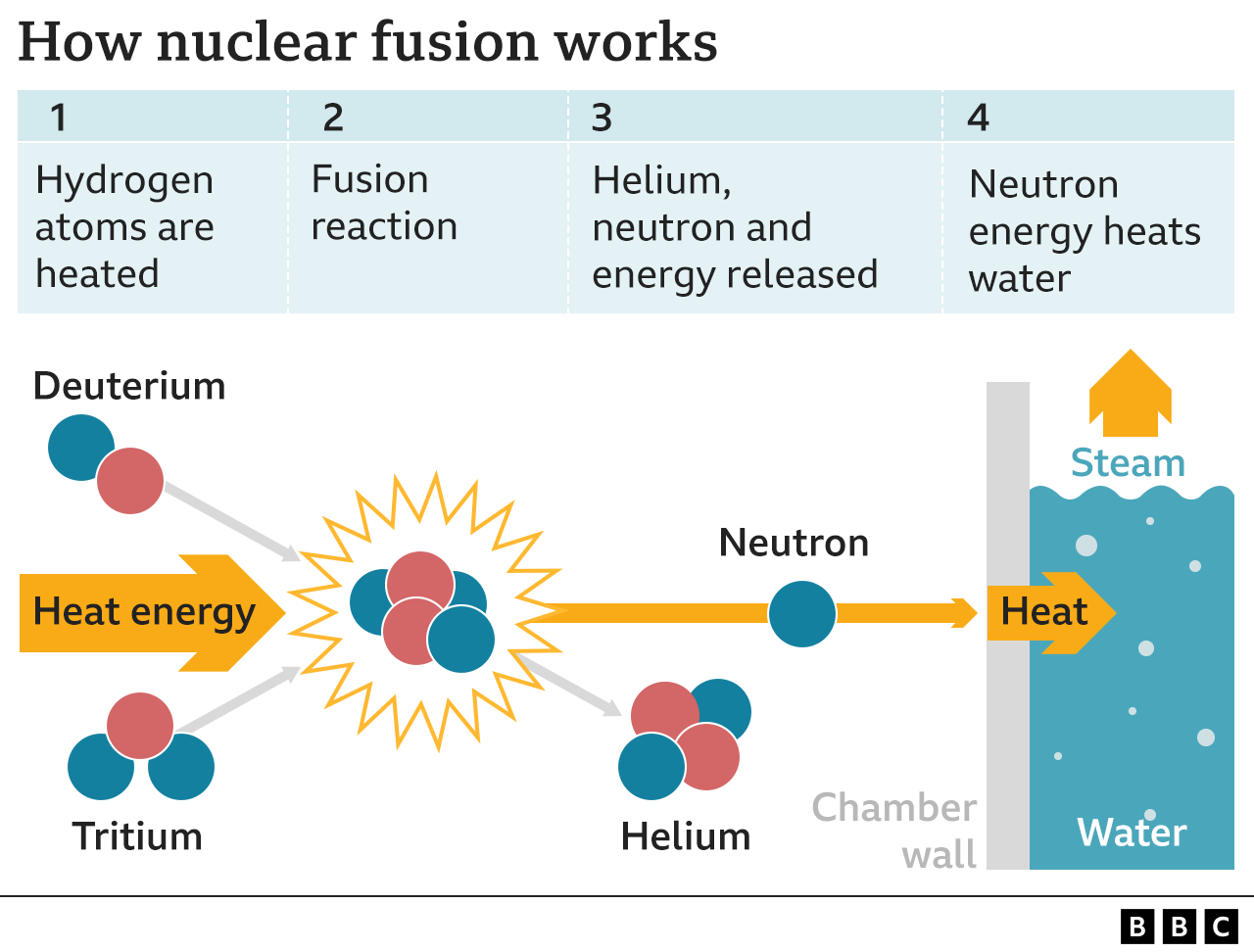
Major Breakthrough On Nuclear Fusion Energy Bbc News